WATCH LIVE: SpaceX’s Falcon 9 rocket is attempting to launch a U.S. Air Force navigation satellite from Cape Canaveral, FL.
Category: satellites – Page 171
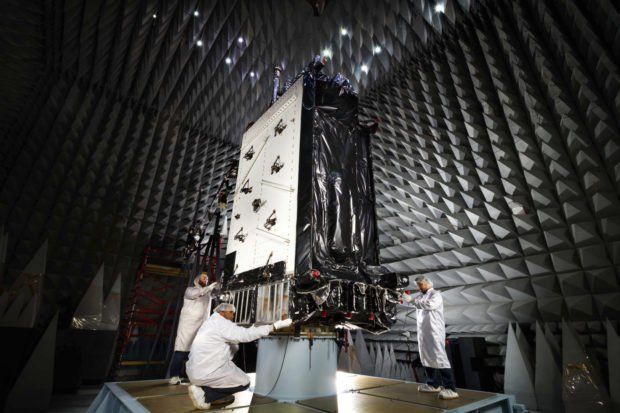
Next-generation of GPS satellites are headed to space
DENVER, United States — After months of delays, the U.S. Air Force is about to launch the first of a new generation of GPS satellites, designed to be more accurate, secure and versatile.
But some of their most highly touted features will not be fully available until 2022 or later because of problems in a companion program to develop a new ground control system for the satellites, government auditors said.
The satellite is scheduled to lift off Tuesday from Cape Canaveral, Florida, aboard a SpaceX Falcon 9 rocket. It’s the first of 32 planned GPS III satellites that will replace older ones now in orbit. Lockheed Martin is building the new satellites outside Denver.
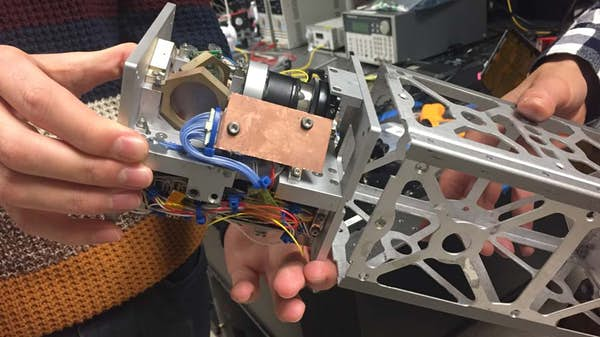
Lasers help keep CubeSats on target to handle large data downlinks
An MIT team is working on a new aiming system that will allow CubeSats to use lasers for high-bandwidth communications with Earth. The new laser-pointing platform uses a second directional beam to keep the primary data beam on focus, allowing the CubeSat to transmit large amounts of data without the need for heavy antennae or wasting propellant.



The end of GEO Satellites as we know today
GEO Satellites business globally make roughly 80% of the overall Space market business with $270B revenues claimed in 2017. How a Space Industry of such kind level of business can disappear is not an argument for many years to come but how a transformation of the Satellite configuration can impact the Space Industry this represents a real topic.
I already discussed in my previous article of how the advancement of A.I. bringing to autonomous missions for satellites, 3D printing permitting on-orbit Manufacturing and Robotic Assembly are not far away technologies, with the mature advancements achieved in on-Ground applications, to be applied to Space Satellites. Already today recently born Startups are working on Satellites on-board software/hardware permitting more autonomous tasks with decision making capability without being piloted from remote on-Ground Stations, significantly reducing operative costs.
Arriving to build fully autonomous Satellites is just a matter of time, with remotely controlled operations to be applied only for safety contingencies. The foreseen growth in the number of small satellites by order of magnitudes push the market this way.

Watch Rocket Lab Launch a Cubesat Fleet for NASA Tonight!
The California-based startup Rocket Lab will launch 10 tiny satellites into orbit for NASA tonight, and you can watch it all live online.
A Rocket Lab Electron booster is scheduled to launch NASA’s ElaNa-19 mission from the company’s private Launch Complex 1 on the Mahia Peninsula of New Zealand’s North Island. Liftoff is scheduled for 11:07 p.m. EST (0407 Dec. 13 GMT) during a 4-hour launch window that closes at 3 a.m. EST (0800 GMT). You can watch live via Rocket Lab’s website, beginning about 20 minutes before liftoff. You can also watch the launch here on Space.com, courtesy of Rocket Lab. Bad weather may be a concern for the launch, company officials said.
Tonight’s launch will mark Rocket Lab’s first flight for NASA and the fourth orbital flight of the company’s Electron booster over all. After two test flights (nicknamed “This Is A Test” and “Still Testing”), the company successfully launched its first commercial mission (dubbed “It’s Business Time”) last month.
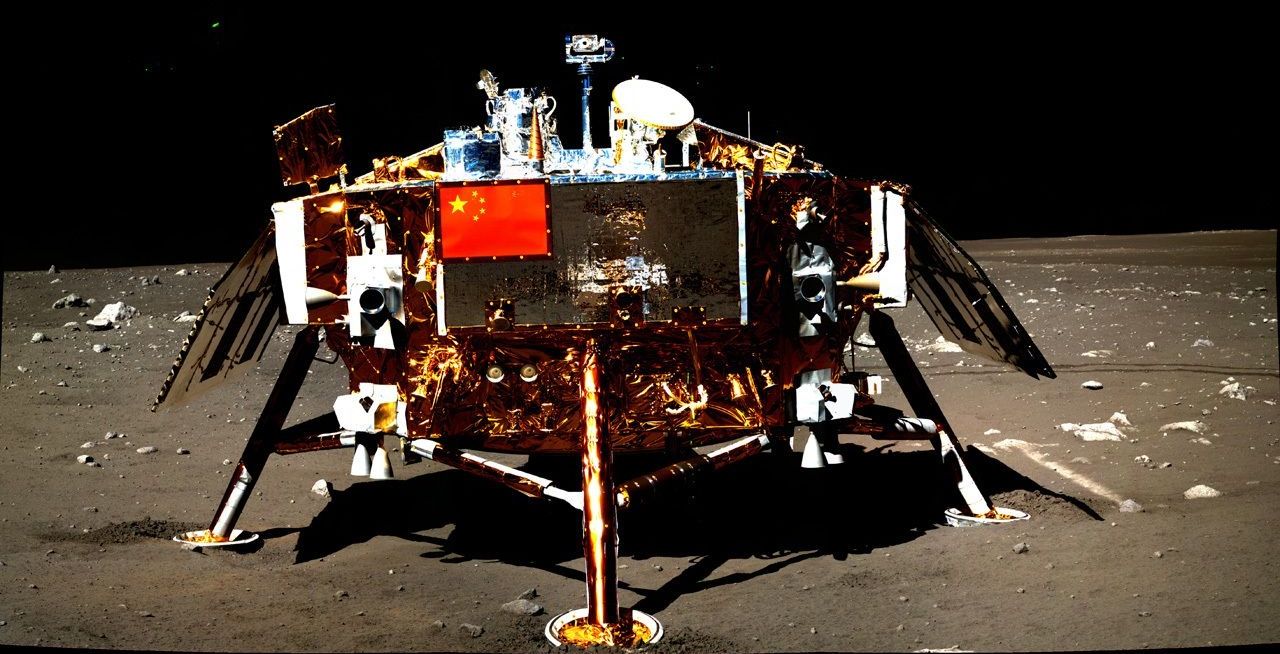
Chang’e-4 Successfully Enters Lunar Orbit
Next stop: the Lunar Farside
China’s Chang’e-4 lunar mission, the first-ever soft-landing endeavor on the lunar farside, launched successfully on 8 December at 02:23 Beijing time (7 December at 18:23 UTC) via a Long March 3B rocket from Xichang Satellite Launch Center. The launch carried a lander and a rover toward the Moon. On 12 December at 8:45 Beijing time (16:45 UTC), the spacecraft arrived in lunar orbit, preparing for a landing in early January.
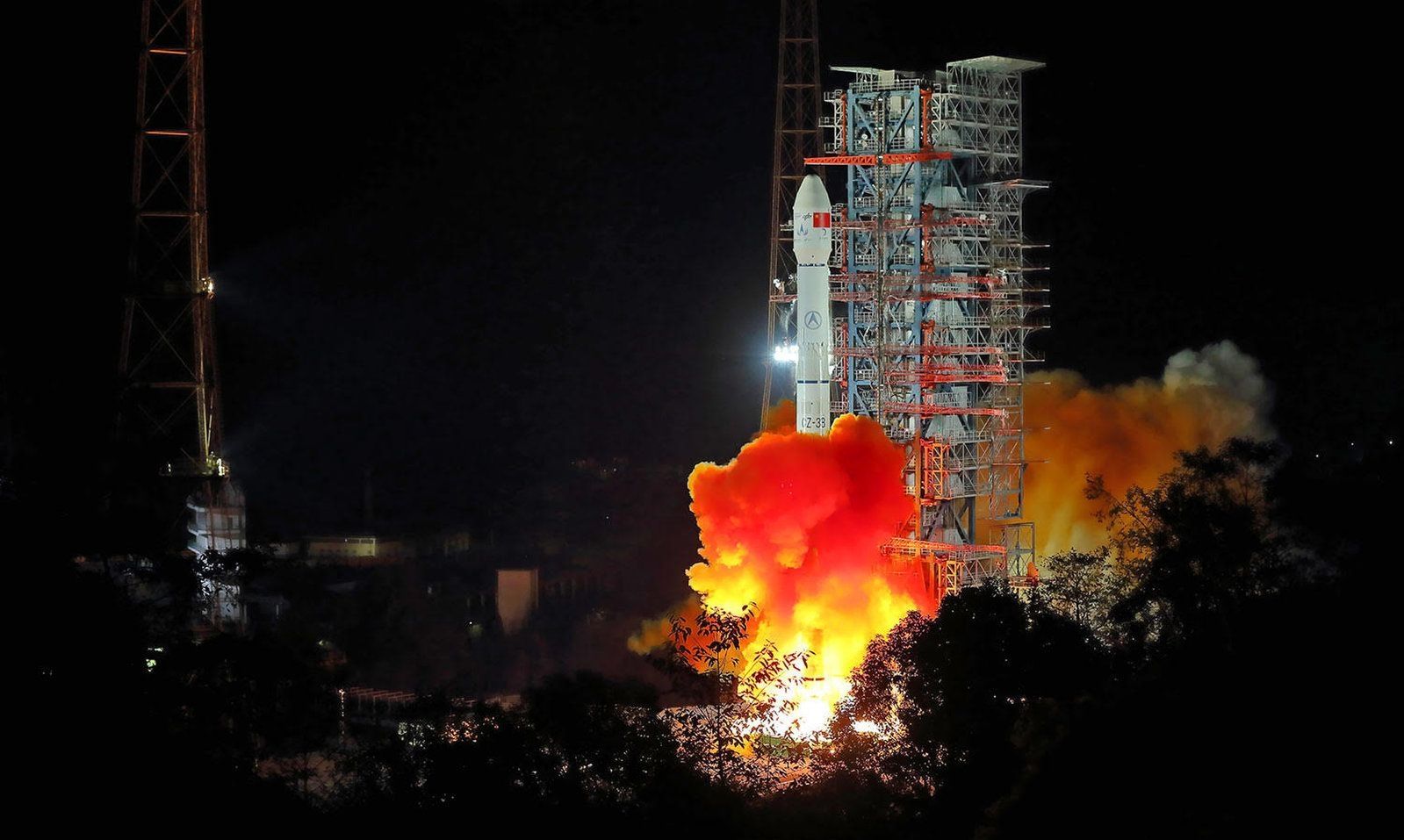
China Launches 1st Mission to Land on the Far Side of the Moon
The first-ever surface mission to the far side of the moon is underway.
China’s robotic Chang’e 4 spacecraft streaked away from Earth today (Dec. 7), launching atop a Long March 3B rocket from the Xichang Satellite Launch Center at about 1:23 p.m. EST (1823 GMT; 2:23 a.m. on Dec. 8 local China time).
If all goes according to plan, Chang’e 4 will make history’s first landing on the lunar far side sometime in early January. The mission, which consists of a stationary lander and a rover, will perform a variety of science work and plant a flag for humanity in a region that remains largely unexplored to date. [China’s Chang’e 4 Moon Far Side Mission in Pictures].
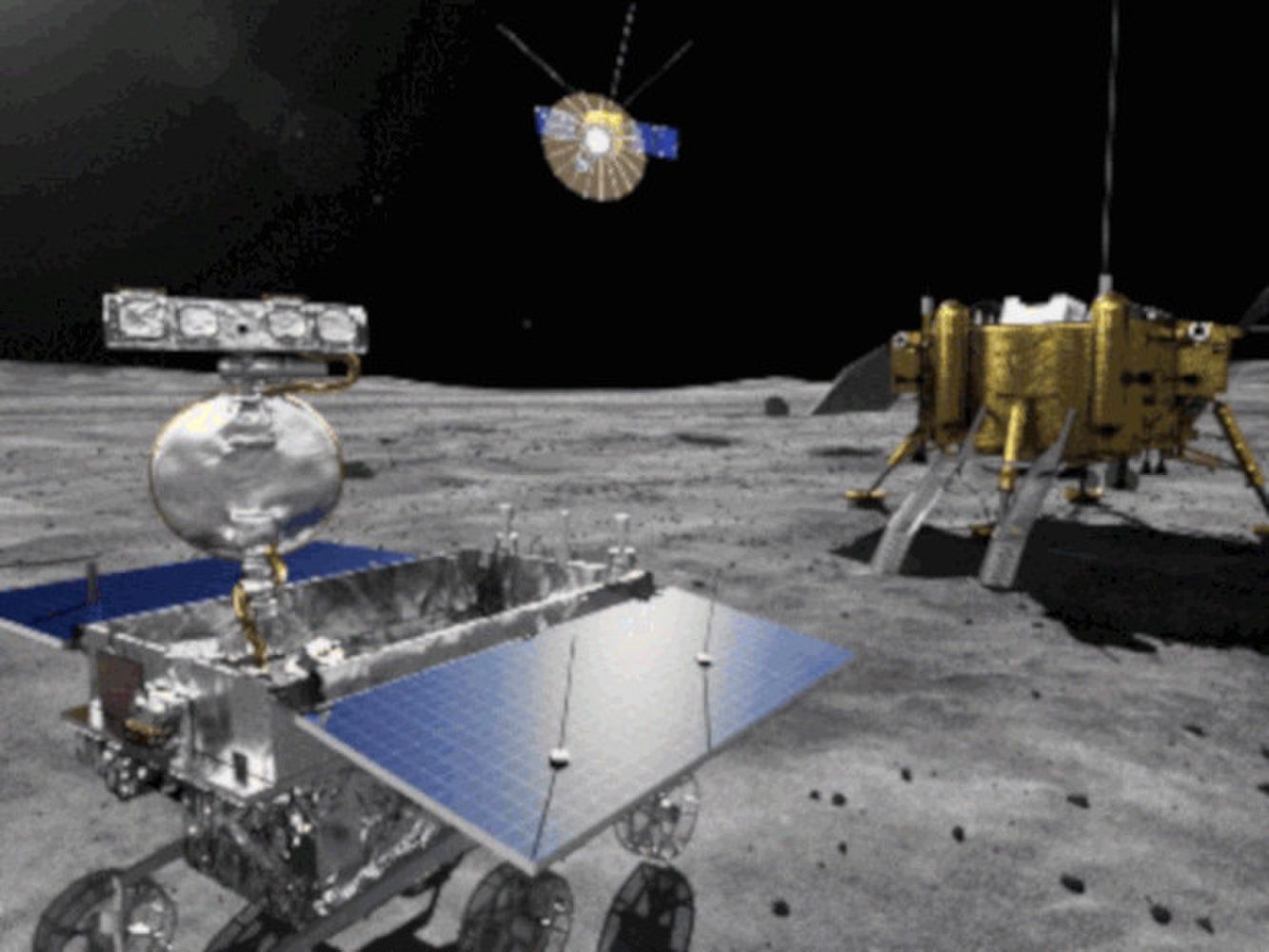
Chang’e 4 in Pictures: China’s Mission to the Moon’s Far Side
China launched its Chang’e 4 mission to the far side of the moon on Dec. 8, 2018 Beijing Time (Dec. 7 EST/GMT). China is the first country ever to send a rover to soft-land on the lunar farside. See the mission photos here! This Image: The Long March 3B rocket carrying Chang’e 4 lifts off from China’s Xichang Satellite Launch Center.
Credit: Jiang Hongjing/Xinhua/Zuma
China’s Chang’e 4 lunar probe lifts off the pad at Xichang Satellite Launch Center on Dec. 7, 2018 (Dec. 8 local Chinese time).
